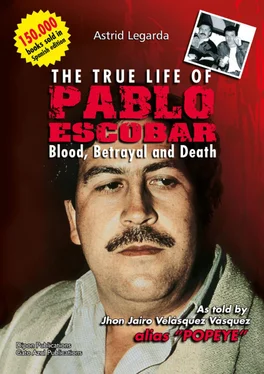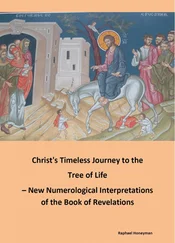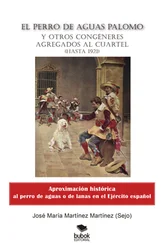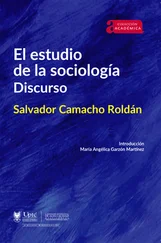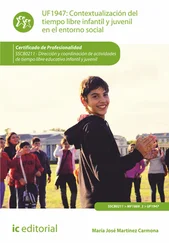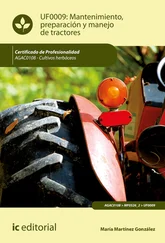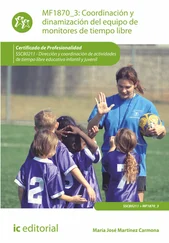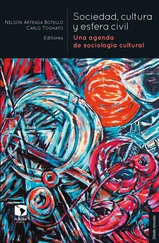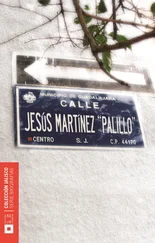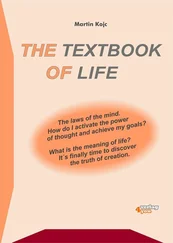“I assure you, Popeye, that smelling death so close gives you an impressive eloquence. It took about fifteen minutes to convince those sons of bitches to accept money instead of killing us. Leaving Gustavo behind as a guarantee, I went with Vasco to retrieve the money.
“That’s how we managed to save ourselves from certain death. But, once we had calmed down, I said to Gustavo, ‘Those detectives die tomorrow.’ Gustavo, upset, replied, ‘Wait, we can’t kill agents of the State.’ I answered him, ‘Look, if we don’t kill them, those bastards will blackmail us for the rest of our lives.’
“And that was it. I remember that around 11:30 on the night of March 30, 1977, Jairo Mejia, who I called JM, informed me that the detectives were drinking aguardiente 11 11 A common Colombian liquor.
at his place, Toscana. We waited for them in a Simca car driven by Gustavo until they left and got into their blue Dodge Dart. We followed until they got to the turn of the Pan de Queso Bridge. There they slowed down. Accelerating, Gustavo put us right next to their vehicle, and I discharged my whole gun at the two detectives. I got my revenge for what they had done to me, especially for the kneeling. And I had taken my first two DAS agents! That’s how the thing got started.”
Chapter III
The Golden Bull
That night, March 30, 1977, when Pablo Escobar murdered Detectives Vasco and Hernández, he was not only getting his revenge; he was also showing the world that he was willing to sell his soul to the devil in order to become the most feared and wealthiest gangster in Colombia, and someday the world. Destiny delivered his attackers on a silver platter, and destiny had given him the money to bribe them and, if necessary, murder them. Furthermore, he had learned his lesson. He would never again transport merchandise by himself on the road. It was stupid to take that risk when you could hire mules and grunt laborers to do the dirty work for you. He vowed to never again step inside a prison. He would never again allow anybody to make him get down on his knees, and never again would anybody threaten him with a weapon. From that moment on, the size of the criminal structure in Colombia and the power of Escobar would reach unimaginable dimensions.
The organization had its own fleet of planes to fly the drug routes and simply be available for Pablo’s personal use. Heading up the fleet was a Lear Jet-25, piloted by captains Flavio Alarcon and Roberto Striedinger. This aircraft happened to be the most technologically advanced plane of the time. Three helicopters complemented the fleet. With his eyes set on the Magdalena Medio Antioqueño, 12 12 Geographical area north of Antioquia.
Pablo acquired the Nápoles Hacienda, 13 13 Nápoles Estate.
an estate nestled in a moisture-rich semi-jungle zone, perfect for setting up and concealing laboratories. The first thing he had to do was build a paved runway for his air operations, along with a maintenance hangar. Over the main entrance to the hacienda a Piper PA18 stood as a monument to Pablo’s difficult beginnings. He built the necessary roads and, among other structures, a great mansion. He also established a zoo with elephants, lions, tigers, giraffes, hippopotami, kangaroos, and every kind of exotic bird.
The tropical climate, between eighty and a hundred degrees Fahrenheit, gave the hacienda a paradise-like ambiance. Artificial and natural lakes added beauty and freshness to the place’s charm. There were pink flamingoes, along with zebras, buffaloes, gazelles, ostriches, turtles, ponies, emus, and deer. Birds decorated the main house and their songs became the voice of the beautiful landscape. They included macaws, toucans, cockatoos, parrots, and parakeets. All at once they confirmed their hegemony. Elegant peacocks strolled around the pool area, showing off their majestic plumage, not to mention the elegant pheasants, the food of kings.
You couldn’t miss the soccer field, where professional teams practiced, or the bullfighting arena that completed the ensemble. The zoo was open to the public and visitors of the unusual place circled around in their vehicles amongst the animals; however, their eyes were always fixed on the main house, hoping, expecting, to catch a glimpse of Pablo going out with his bodyguards.
Luis Hernando Gaviria, also known as Nandito, was named administrator of the huge Nápoles Hacienda by Pablo and Gustavo Gaviria. Five minutes from the nearest town, Doradal, the place prospered as a popular tourist destination. Twenty minutes away by car was Puerto Triunfo, a town on the banks of the river Magdalena. Pablo ordered the construction of an enormous lake for water sports and a luxurious wooden cabin in an area half an hour away from the Nápoles estate. The combination of the surrounding vegetation and nice weather created another beautiful space. To this new paradise, he added his own personal touch: a replica of Al Capone’s car was put on display in the zoo by the side of one of the surveillance posts. Early one morning when Pablo arrived at the estate with his bodyguards, he stood staring at the car and said, “This car is missing something to truly resemble Al Capone’s.” With that, he took out his gun and shot at it, leaving holes that he believed gave it authenticity. The guard that had just been relieved of his shift heard the shots and came out of the bathroom. Shocked, he revealed, “Don Pablo, a minute ago I got out of the car; I sleep there when I finish my shift.” The poor man had almost been killed by Escobar himself.
By that time, Pablo had already been married many years to La Tata and had two children: Juan Pablo and, the light of his life, his daughter, Manuela.
With his extraordinary wealth in cocaine money and the amount of politicians that chose to visit him (anyone from simple council men and deputies to senators and house representatives), Pablo Escobar was tempted by power and made the great mistake of getting directly involved in Colombian politics. Between January 1979 and December 1980, he created programs called “Civismo en Marcha” 14 14 Marching Patriotism.
and the highly successful “Medellín sin Tugurios” 15 15 A Medellín with No Urban Sprawl.
; these began his new political movement, given the name of “Renovación Liberal en Antioquia.” 16 16 Liberal Renovation in Antioquia.
Supported by renowned national politicians like Jairo Ortega and Alberto Santofimio Botero, his movement was listed as part of the New Liberalism party founded by lawyer and prestigious politician Luis Carlos Galán Sarmiento. Sarmiento was an impressive man. He had become national minister of education at only twenty-six years of age.
With all of his drug money Pablo built a three hundred-home community, donating it entirely to the poor people that lived near the city dump. He then went district-by-district, building soccer fields and lighting the existing ones.
With a microphone in hand, Pablo became more confident. In his first speeches before the people, he declared his political proposal, all based on an elemental message: vote for me and I will give you money. He bought the best land in El Poblado District, home of the wealthiest people in the city, and built luxurious structures, such as the famous Monaco Building. He set his family residence in the penthouse of the Monaco, leaving the rest of the building empty. His team of bodyguards occupied only one of the apartments. In El Poblado he also spent quite a bit of money in real estate. Bankers looked after Escobar so that he would put his money in their banks, offering him all kinds of safeguards and confidentiality.
Pablo Escobar during his political campaign, accompanied by William Jaramillo. (Photo courtesy of the newspaper El Espectador )
Читать дальше
